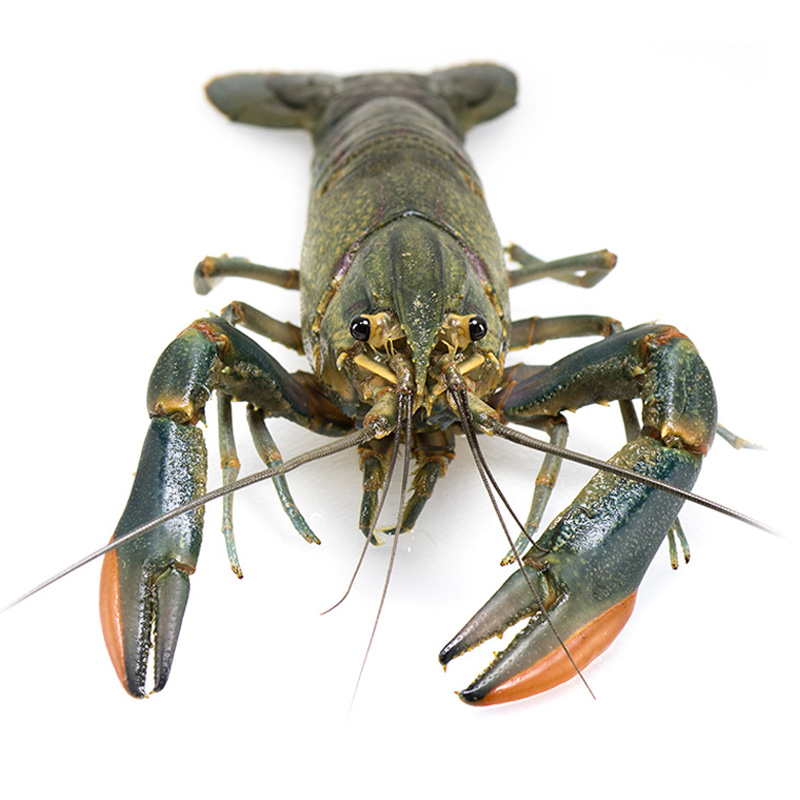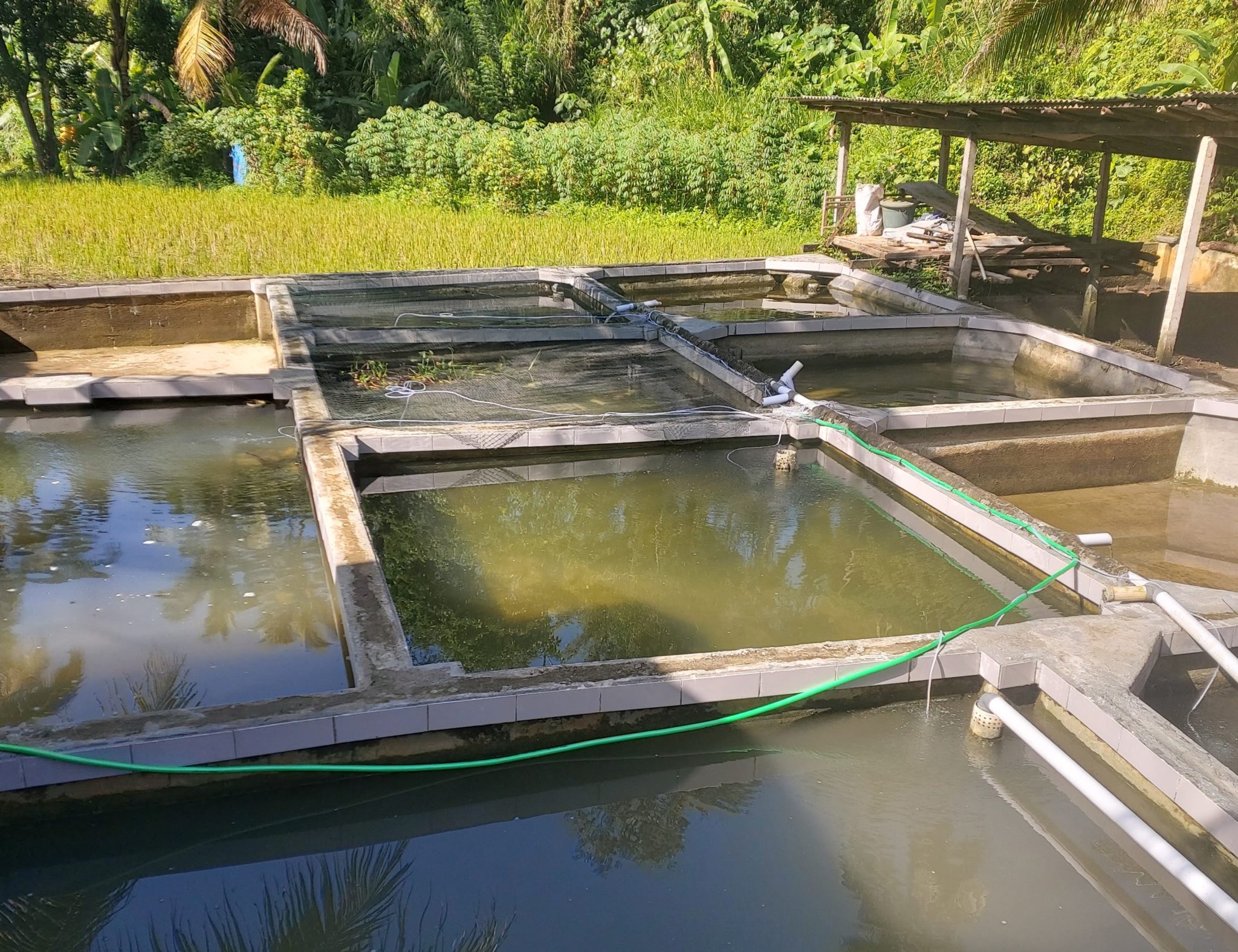
Aquaculture is a burgeoning industry, rightly considered important for feeding the teeming masses of the globe. Yet few discuss the elephant in the room.
The effect on the environment.
Salmon farms were hailed as the future to save rural Scotland fifty years ago. Instead, they destroyed the rural economy as they wiped out wild fish stocks and the vast colonies of sea birds, both resources on which the tourist industry relied.
They did this because of two things. Most aquaculture is of carnivorous animals, for most sea life is carnivorous. Therefore, they required high protein pellets to feed them. The manufacture of these pellets involved the blanket netting of every fish in the sea, including the massive shoals of sand eels and baby fish on which the sea birds, wild salmon and trout feed. This caused mass starvation amongst the birds, and the crash of wild fish populations. One third of the present sea catch is estimated to go to feed aquaculture.
If this was not enough, the concentration of salmon in a small area caused parasite populations to explode, to which the farmers responded by pouring chemical poisons into the sea in huge quantities.
This kept the parasites at bay, but as the farms were situated on the river mouths, the parasites descended on the returning wild fish, decimating them. The chemicals accumulated in various places, wiping out shellfish populations, an ecological disaster.
Any aquaculture must bear this history in mind, and ensure they don't repeat the issues.
Pellets are manufactured by companies, secretive on their ingredients. It is hard for them to achieve the protein levels required without using trash fish, that is the netted fish for which there is no market. In other words, small, baby fish.
About a year ago, I carried out some experiments seeking to overcome this problem. Black soldier fly farms are being located in Java, part of the rubbish disposal programs. The chrysalis are 60% protein, and I wanted to turn them into a pellet. I failed. Pellets were black, oily and made the fish taste bad. On top of this, like many excellent ideas, the fly farms were failing for a lack of customers and I could no longer source the material and help the refuse industry. I'm sure this can be revisited in due course, but for now, it doesn't work.
Our local fish farmer had a good business, with many people flocking to fish in his ponds for catfish and tilapia. He had a restaurant on site and evening entertainment. He made $100 a day, very reasonable in rural Bali. Along came covid and his customers lost their jobs. He went bust owing the bank $30,000.
I spoke to an Australian entrepreneur, who was farming lobster. Turned out that these were not sea, but fresh water, tropical crayfish, C quadricarinatus, the redclaw crayfish.
They are omnivorous, and readily accept high populations, so ideal for cultivation. The Australians pioneered this 30 years ago, but they haven't really taken off.
We have set up ponds lined with concrete, so there is no muddy taste, and we feed them on leaves, shoots and black soldier fly larvae ????.

We expect them to need 6-9 months to achieve 100g size, our target sales weight. All of which can be achieved in an organic, environmentally friendly diet.
Problems? Of course! We know of one lobster farm in East Bali that was wiped out by monitor lizards. At 500m, we are a little high for the dragons and it is easy to protect against them. We net the ponds to keep the herons away and so far, haven't got a snake problem.
High in the hills, the water is clean, but we still fear some clown will chuck a ton of paint in the river, so we run the water through a large dilution pond first. And a sand trap to catch parasites. Rainfall can dramatically alter the pH of the ponds, but not catastrophically.
No doubt we shall encounter other problems, but all appears plain sailing now we have put in measures.
For our market, we expected Bali restaurants, even in the current slowdown, to take everything we can produce, perhaps 300kg per month.
But we have already received a preliminary order from Singapore. Two tons per week.
Wow.
We cannot possibly manage this from our site. However, our vanilla associate model comes into play, and we have already 6 local fish farmers who want to become associates and raise lobster under our banner. We expect to need at least ten.
Before this can happen, we need to establish protocols, SOPs, Standard Operating Procedures. How to build the ponds, how to oxygenate, how to power (we use the water to create the little power we need), what to feed and how much.
We need to establish packing methods. We need to create finishing procedures. 24 hours without food to clean the gut. Which immediately gives rise to thoughts of putting essential oils in the cleaning water to add flavours...
Oh, what fun it is to create new industries!
Rex Sumner
Royal Spice Gardens is an Indonesian Foreign Investment Company, in Indonesia known as a Perusahaan Modal Asing (PMA).
NIB Licence number 0220100502286. NPWP: 94.830.504.0- 905.000.
PT Royal Spice Gardens Indonesia, Jl. Raya Pejeng, Tampaksiring, Gianyar, Bali 80552, Indonesia
Website by Simia Solutions / Cre8 Design Studio
Powered by Pak Kriss’s Compliance Framework.
Even in uncertain times, credible, stable & realistic opportunities are available for the astute investor.
Get the edge by obtaining clear, concise and rapid information. Fill out the form to receive our latest prospectus!